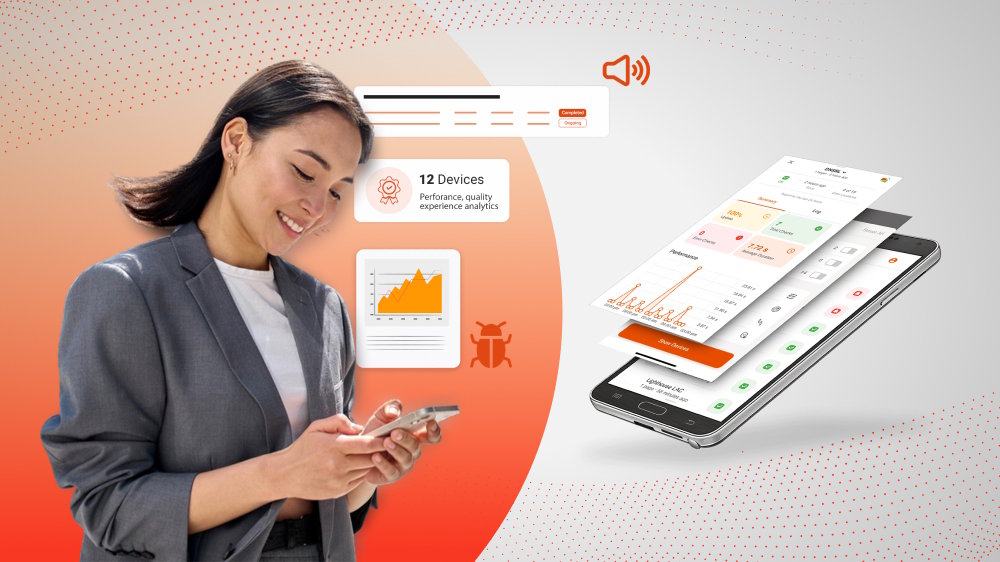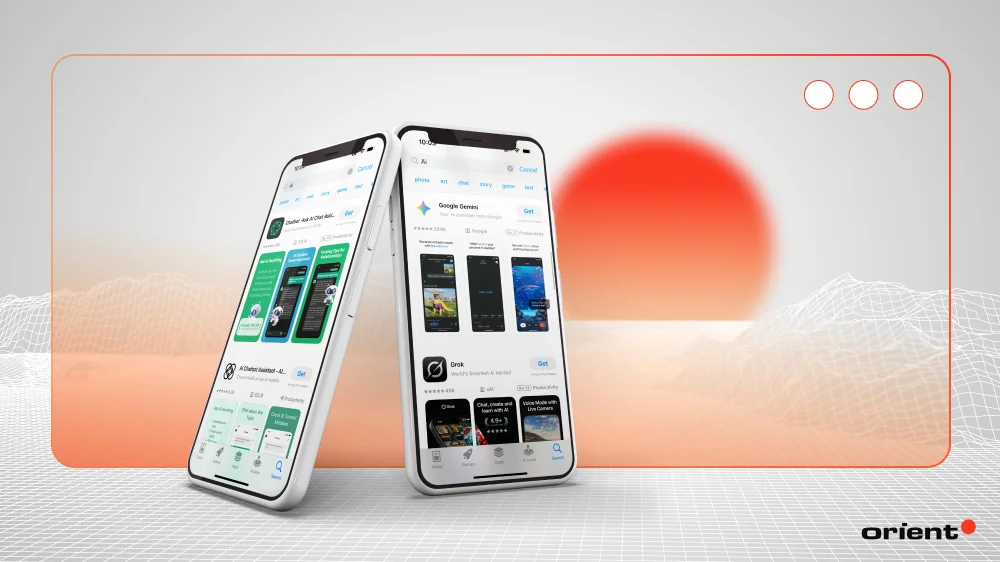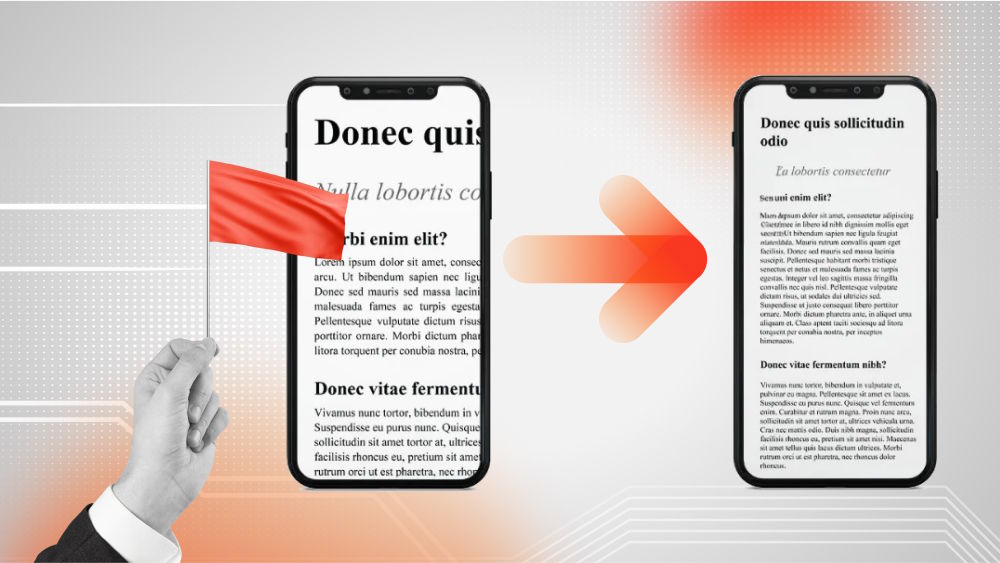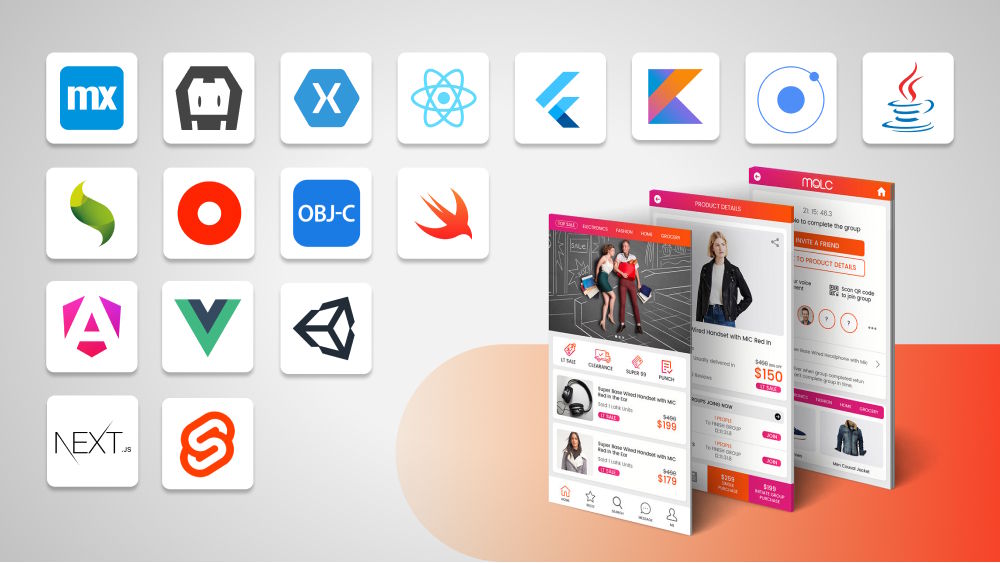In recent years, one of the latest trends that show no sign of de-heating must be artificial intelligence. It is no passing fad. All of us consent to the fact that AI has been the force that rewrite how people live, work, and also make decisions. The impact of AI has quietly expanded across industries and into our daily routines and nowhere is more visible than in the way we use our mobile phones.
The 2024 Pew Research survey found that 55% of Americans interact with AI regularly, and 64% of Americans are unaware they are doing so. In 2025, it is estimated that 230 millions of people worldwide were actively using mobile apps powered by AI, including AI-specific apps like chatbots and apps augmented with AI-driven features. What’s actually changing is not just more advanced features empowered by AI but everything around mobile app technology.
This article will look ahead at how users approach apps and how developers build them will change with AI. In truth, the shift is already underway.
AI-Powered Features Become the Default in the Mobile App Industry
Artificial intelligence has crossed the line from novelty to necessity. What used to be the “WOW” factor has now become a default in how users expect modern mobile applications to include. When people open an app today, they assume the experience will be context-aware, predictive, and capable of handling parts of a task for them. Tapping through static screens feels antiquated; the gold standard is intent in, outcome out, with AI doing the invisible work in between. Nowadays users look forward to assistive behavior as part of the baseline UX.

Not only about mobile apps using AI but it is also about a major shift in user expectations for app developers. For builders, the new norm - “AI by default” - means designing and developing mobile apps where intelligence is not an afterthought but the foundation. Mobile app developers can no longer treat AI as an add-on feature to sprinkle in after the core functionality is shipped. Instead, app logic, data flow, and user experience must be architected with AI at the center. This requires rethinking app structure around intents, outcomes, and context rather than linear screens and forms.
On-Device AI Goes Mainstream
The camera that translates a menu without sending a photo anywhere, the keyboard that rewrites a sentence to be more formal or natural, the fitness app that recognizes your workout form in real time, the notes app that summarizes a meeting even while you are still in it. None of these feels like “using AI” in the old, flashy sense; it just feels like the phone responding immediately and appropriately.
But now, smartphone users can really turn to instant, private intelligence for not just everyday-life chores but also complex tasks. As traditional cloud-based AI shows limitations, such as latency and dependency on internet connectivity, or data protection and privacy concerns, the mobile app development industry is witnessing a shift toward on-device AI - where intelligence resides within the local device itself (E.g., smartphones, IoT devices, wearable devices, etc.) instead of in the cloud. This is also referred to as “Edge Artificial Intelligence.”
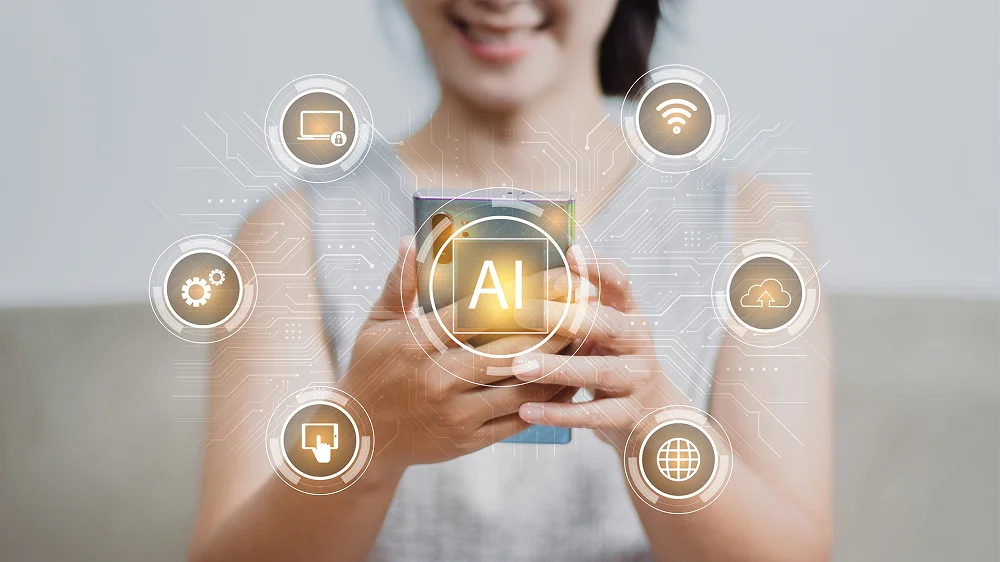
Edge AI allows apps to process sensitive data locally on users’ phones or other smart devices, which reduces reliance on cloud servers, minimizes latency, and enables enhanced security. Also, it opens a compliant path to intelligent features, making intelligent features available offline. This trend contributes to extending reach of AI-powered tools over rural regions, developing countries, or even urban zone where users have limited or unstable internet access.
Tech giants are hardwiring this future into the hardware and OS. Apple runs intelligence on the Apple Neural Engine across iPhone and iPad; Google does the same on Android with Gemini Nano via AICore. Chipmakers like Qualcomm, Samsung, and MediaTek ship neural processing units (NPUs) in mainstream phones, which makes edge-first AI the default, not the exception.
Hyper AI-Driven App Personalization
One-size-fits-all mobile UX is coming to an end as AI is taking personalization to an unprecedented level. While traditional personalization relies on static user profiles and historical data, AI-first apps are now capable of predicting user preferences using real-time behavioral signals, contextual data, and generative models. Thereby, AI enables personalizing flows, copy, visuals, and even navigation in real time and creating experiences that feel tailor-made for each moment and each mobile user.
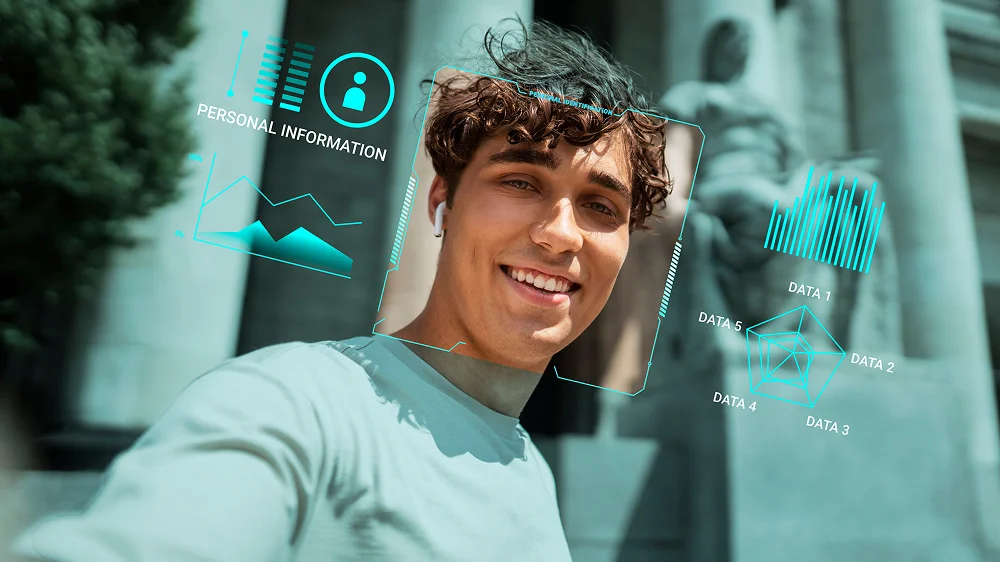
A real-world example: Spotify’s “DJ” feature uses generative AI to curate playlists based on your listening habits, time of day, and even mood. It doesn’t just recommend songs, but it narrates your music journey like a personal radio host.
Hyper personalized user experiences increase engagement, reduce churn, and build emotional connection. In sectors like e-commerce, it directly translates to higher conversion rates. Or, in healthcare, it can mean more effective interventions. The future belongs to those mobile apps that know you better than you know yourself.
Wearable Technology & Smart Devices as Intelligent, Adaptive Companions
Wearables are where each user behavior or intent is captured, and the smart devices connected to the internet act as the coordinators or orchestration hubs that convert micro-intents into outcomes. We are likely to see a shift in how mobile users interact with wearable devices, from passive real-time data collectors into intelligent, context-aware companions that can understand brief moments (a glance, a phrase, a gesture) and respond instantly. This is powered by on-device AI and neural processors (NPUs) that deliver sub-second responses and keep sensitive data local, with the mobile app coordinating the final step.
Smartwatches, earbuds, smart rings, and camera-equipped glasses now perform quick, local judgments. For example, recognizing a command, summarizing a snippet of audio, identifying what’s in view, or flagging a meaningful change in your biometrics. These actions often happen on device instead of waiting on the cloud. In practice, the mobile app becomes the place where these micro-intents are turned into drafted actions you can quickly confirm or edit. Foldable devices fit into this picture too. Even though they are not wearable, they extend the screen space for confirmation and completion, letting users start on a tiny surface (like watches, earbuds, and glasses) and finish on a larger screen without breaking flow.

What does this shift mean to the future of mobile application development? In essence, modern apps are rapidly evolving into distributed intelligence systems rather than just single-device solutions that run on smart devices. With AI embedded across wearables, smart home devices, and ambient interfaces, mobile apps must now be designed to operate seamlessly across a network of interconnected endpoints.
A simple product pattern emerges: Intent → draft → confirm. Keep privacy-by-default, design graceful handoffs between devices, and escalate to the cloud only for long context or heavy generation.
Superior App Security Augmented by Artificial Intelligence & Machine Learning
As mobile applications become central to our digital lives, the need for robust security and fraud prevention is more critical ever. We all know cybercrimes and threats never rest; therefore, app developers will find AI and machine learning their powerful allies they can enlist in this fight. By integrating AI models and ML algorithms into the core of mobile app architecture, the builders can deliver not just smarter AI-powered apps, but safer, more trustworthy experiences.

With AI, developers shift security from point-in-time checks to continuous, adaptive defense. In practice, AI-driven security systems can analyze vast amounts of behavioral and transactional data in real time to detect unusual patterns or suspicious activity that would otherwise go unnoticed. For instance, AI can flag a login attempt from an unusual location, spot impossible geolocation jumps, emulator or jailbreak signals, detect fraudulent payment behavior, or identify malware signatures faster than any human analyst. Moreover, ML models continually refine their accuracy over time and become more adept at differentiating legitimate behavior from emerging threats. When risk rises, the app introduces just-in-time friction (step-up authentication, delayed settlement, out-of-band confirmation), so legitimate users keep moving while suspicious activity is contained.
Furthermore, as aforementioned, on-device AI is reinforcing mobile app security by running protective algorithms locally. Additionally, behavioral biometrics make this even stronger. On-device models learn each user’s typical typing cadence, swipe dynamics, and motion patterns to help detect account takeover and automated abuse. Because these inferences run locally, decisions feel instant and sensitive signals don’t need to leave the device, which ensures both privacy and performance.
We have a basis to believe that AI and ML will enable self-defending mobile apps in the near future. These innovative solutions can anticipate risks, neutralize threats automatically, and adapt their protection strategies dynamically. Developers who embed AI-driven security from the ground up will not only comply with rising data protection standards but also gain users’ trust in a world where digital safety is no longer optional but expected.
The Retirement of Instant Apps & Users Won’t Be Missing Them
It is no secret that users love instant mobile apps that don’t need to be downloaded. The idea of instant apps was introduced way back in 2016, with users becoming more and more demanding for quicker and more convenient solutions. At the present time, that vision has already become a reality.

Also known as Google Play Instant, an instant app is a native Android solution that allows users to access and interact with specific functions without a full download or installation. You can think of it as a “try-before-you-download” experience. Or you can view instant apps as lightweight, install-free versions of Android applications. For example, Candy Crush Saga allows users to try playing a few levels instantly via [Try Now] button on Google Play. Domino’s Pizza enables quick ordering via instant app modules embedded in advertisements or search results. If paired with AI technology, instant modules could be powerful tools for delivering personalized, secure, and context-aware experiences without requiring full app downloads.
Unfortunately, Google officially announced that the support for instant apps will end by the end of 2025. The discontinuation of Android instant apps stems from many reasons, such as technical complexity. But above all, the feature never gained meaningful traction as expected. Both developers and users largely ignore instant apps, so Google chooses to proceed with other priorities.
Secure Mobile Payments & Mobile Wallets with Biometrics
With mobile payments becoming a new norm, people can go out and shop without carrying anything else with them but their smartphones. They now have multiple alternative solutions rather than traditional payment methods. Think of Apple Pay, Google Pay, and Samsung Pay. And expectations continue to rise. Users want more than just speed or convenience from mobile wallets and payment apps. Intelligent, frictionless security is the next priority.

Mobile payment apps and e-wallets are evolving into smart financial platforms that combine two of the emerging technologies - biometric authentication and AI-driven fraud prevention - to deliver seamless and secure experiences. Different layers of trust (such as fingerprint scanning, facial authentication, and voice recognition) are added as standard app functionalities to offer not just fast, user-friendly authentication but reducing the risk of identity theft and unauthorized access. Meanwhile, AI also adds an invisible layer of defense by analyzing transaction patterns and user habits, predicting potential threats, and securing biometric data.
Obviously, the combination of biometric authentication and AI is one of the key mobile application development trends, and it is already redefining mobile finance.
AI Amplifies Immersive Experiences Through Augmented Reality & Virtual Reality
Augmented and virtual reality have long promised immersive mobile experiences. Pokémon Go was a huge success that once drew the world’s attention to AR technology. In the future of mobile apps, AI enables immersive technologies to understand the environment, interpret user behavior, and respond intelligently to changes in real time. Traditionally, AR and VR apps rely on pre-programmed visuals, limited object tracking, and static user interactions.

The fusion of AI with VR/AR features is unlocking the next generation of mobile apps that are adaptive, predictive, and deeply contextual. Also, it will redefine accessibility and inclusivity. Voice- and gesture-controlled interfaces, AI-generated translations, and adaptive rendering will make immersive experiences more natural and available to a broad range of users, expanding their potential across gaming, retail, education, healthcare, and beyond.
Smart Beacon Technology Powered by AI
Beacon technology refers to a location-based wireless communication method that uses small, low-energy Bluetooth transmitters to send signals to nearby smartphones or smart iOS/Android devices and trigger location-based actions in mobile apps. These transmitters, known as beacons, broadcast identifiers that allow an app to recognize when a user’s device is within range and respond accordingly – such as displaying a notification, loading in-app content, or performing a specific function, even if the app isn’t open.
This technology, once seen as a niche tool for proximity marketing, is now gaining renewed momentum in the AI-first era.

Alongside AR and VR, another frontier of innovation is proximity-based intelligence powered by AI and machine learning. It is sometimes referred to as smart beacon technology or Beacon AI. By combining smart beacon hardware with AI inference and mobile apps, developers turn physical spaces and objects into context-aware triggers for richer, adaptive experiences.
The most tangible applications of this technology appear in retail. For example, on-spot smart assistants. Imagine you are in a store. Smart beacons are placed in aisles with AI models predicting which product shelf the shopper will approach next. When the customer moves closer, the app can instantly deliver personalized recommendations, real-time discounts, or product comparisons through a push notification right on the shopper’s phone.
Beyond retail, AI-powered beacon systems are transforming sectors like logistics, healthcare, and smart buildings. While full of potential, AI-enabled beacon technology is still in its early stages of mainstream adoption. There needs to be more time for its full capabilities to evolve.
AI-Driven Predictive Analytics Will Affect UI/UX Design
AI not only influences how developers create apps but also reshapes how designers tailor interfaces and experiences to mobile users. With the integration of predictive AI, UI/UX design moves from being reactive to proactive. Mobile apps of tomorrow will not just respond to users’ actions but anticipate when they might need next and adapt to their habits, moods, and even intentions.
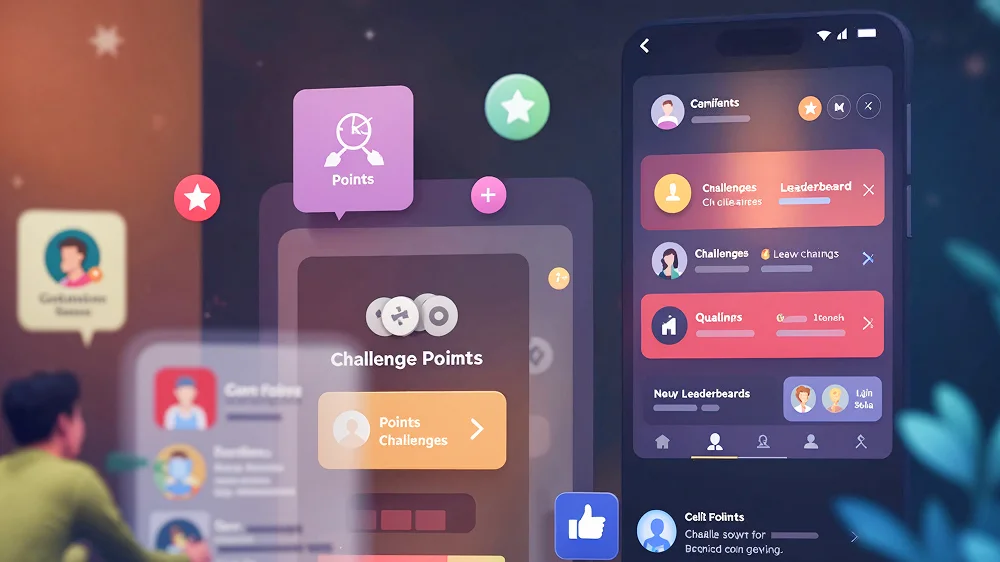
In the upcoming years, voice and conversational interfaces are potential to redefine mobile UX. Interfaces will become adaptive and context-aware while mobile apps will move toward chat-based and voice-driven experiences that will feel more natural and frictionless. Users will simply speak or text their intents rather than tapping through screens; then the app will interpret, predict, and act instantly.
The Widespread Uptake of Super Apps
One of the key trends in the AI-first future is the evolution of super apps, not just as multifunctional platforms, but as intelligent ecosystems. By definition, a super app refers to a mobile-based environment that integrates multiple services and allows users to do a wide range of tasks within one single platform. Traditional examples of super apps, such as WeChat, Grab, or Gojek, have long served as a hub of interconnected services to centralize convenience, from social interactions (chat, voice/video calls) to commerce, transportation, and finance.

But in the AI era, the true meaning of “super” is more than just multifunctionality; it now embodies intelligence, integration, and adaptability. The next generation of super apps will not only function seamlessly but also learn from user behaviors, automate decisions, and deliver predictive, context-aware recommendations. By leveraging technologies such as natural language processing, predictive analytics, and contextual intelligence, developers are building more versatile ecosystems where the line between a super app and an intelligent assistant will increasingly blur.
Final Thoughts
It is fascinating to take a glimpse into the future of mobile apps, and we can expect lots of innovations ahead, especially when AI continues to redefine what’s possible. What you’ve just explored represents only a handful of possibilities while many more are on the horizon, and some have yet to be discovered.

If you are nurturing a brilliant idea for the next mobile success story, we’re here to not just listen but to collaborate and accompany you on this journey toward a future-proof solution. Why partner with Orient Software? We don’t just build mobile apps; we build success stories. With 20+ years of hands-on experience, our team has delivered hundreds of mobile development projects, including 200+ successful deployments for hundreds of clients across the globe, typically those from the U.S., Norway, Australia, Japan, Singapore, and more.
Beyond being a service provider, Orient Software is a technology hub where you’ll find a full spectrum of services that include custom software development, cutting-edge technology solutions, and dedicated tech staffing to support businesses at every growth stage. Work with us, and let’s transform your vision into an intelligent, high-performing mobile experience built to thrive in the AI-driven future.
